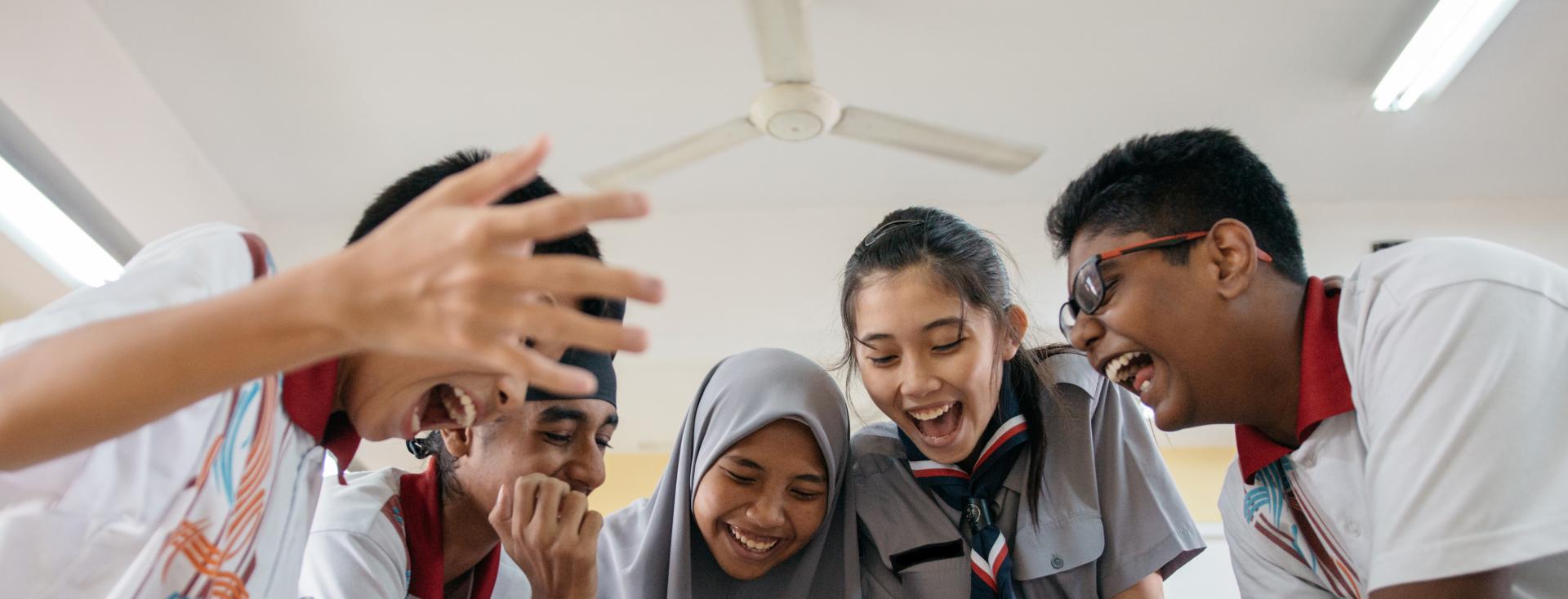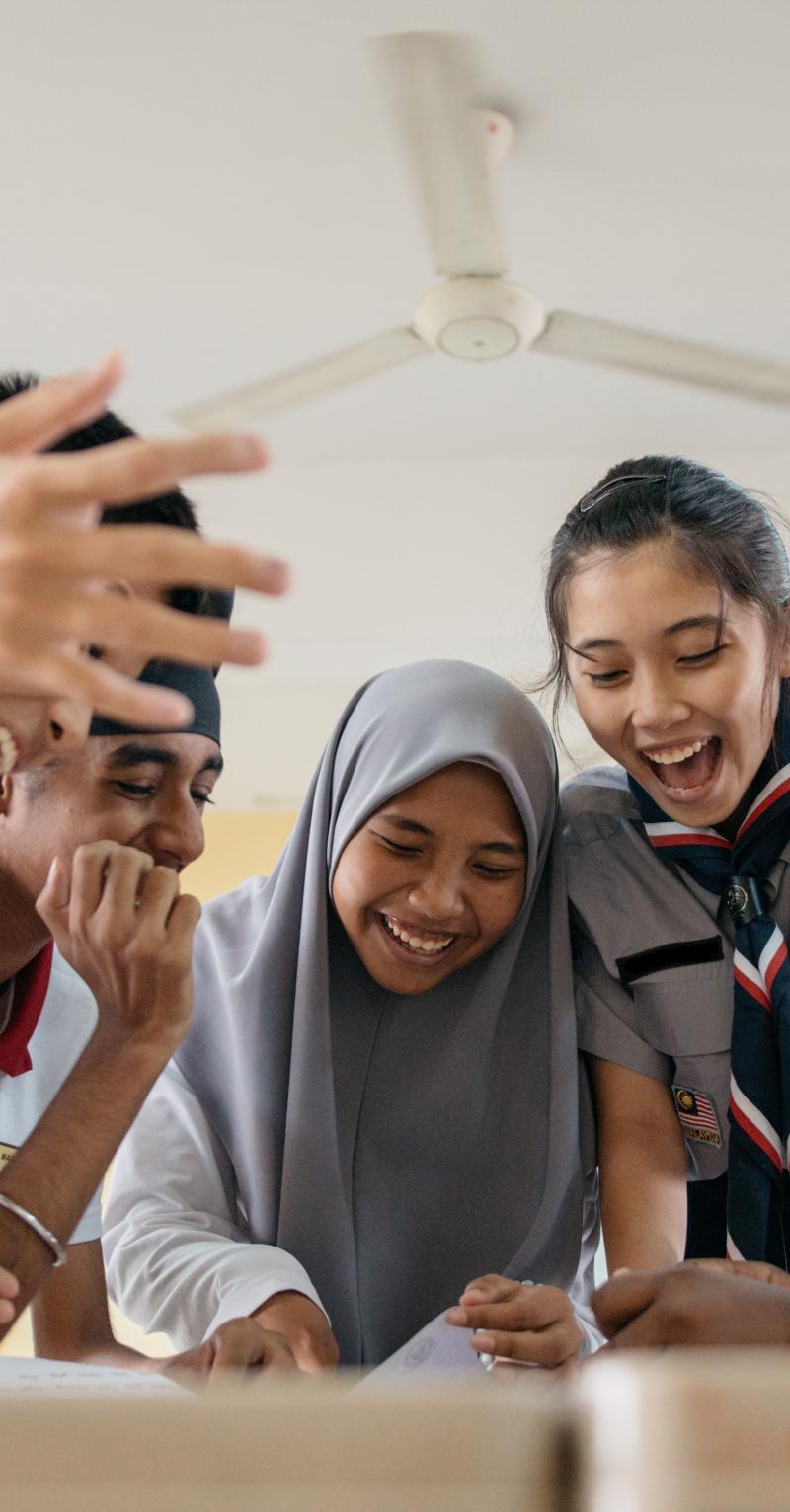Overview
Five areas of student growth—wellbeing, connectedness, awareness, agency, and mastery—suggest students are growing as leaders of a better future. Mastery is not diluted but is enhanced when pursued with other outcomes.
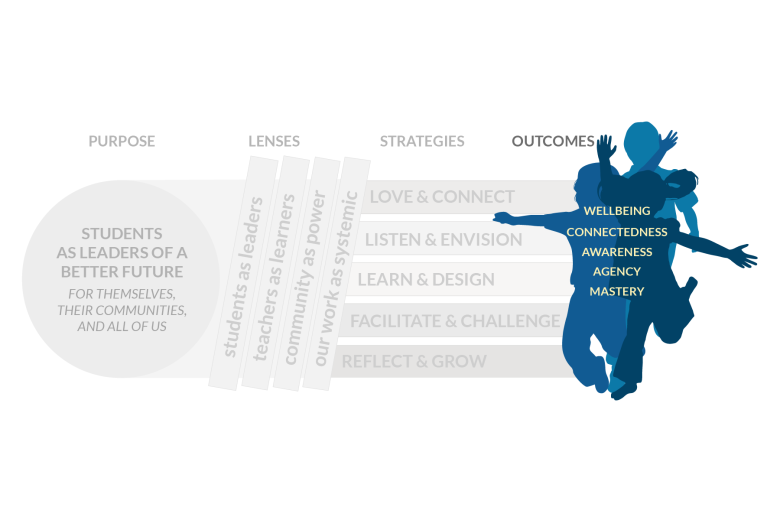
Discover
What is student leadership and why does it matter?
In this compilation video, you will hear and see examples of student leadership. What inferences can you make about what these students and their teachers value?
Learn
Five student leadership outcomes
Students and teachers in transformational classrooms around the world value similar areas of growth as indicators of student leadership development. Our crowd-sourced studies are suggesting that rigorous mastery is achieved through, not at the expense of, other key outcomes, including wellbeing, connectedness, awareness, and agency.
WELLBEING
Students feel secure and loved, empowering them to be themselves, try new things, and make mistakes in ways that encourage deeper learning.
CONNECTEDNESS
Students seek and value the perspectives and experiences of others as they work collaboratively toward a common good.
AWARENESS
Students are aware of inequity and celebrate their and others’ unique strengths and identities as assets for navigating challenges in pursuit of their growing sense of purpose.
AGENCY
Students take independent or collective action toward shared goals to cause positive changes in their own life or the lives of others.
MASTERY
Students attain a higher-order command of knowledge and skills as a means to create new opportunities and solutions to challenges.
Learn
Five student leadership outcomes
Students and teachers in transformational classrooms around the world value similar areas of growth as indicators of student leadership development. Our crowd-sourced studies are suggesting that rigorous mastery is achieved through, not at the expense of, other key outcomes, including wellbeing, connectedness, awareness, and agency.
WELLBEING
Students feel secure and loved, empowering them to be themselves, try new things, and make mistakes in ways that encourage deeper learning.
CONNECTEDNESS
Students seek and value the perspectives and experiences of others as they work collaboratively toward a common good.
AWARENESS
Students are aware of inequity and celebrate their and others’ unique strengths and identities as assets for navigating challenges in pursuit of their growing sense of purpose.
AGENCY
Students take independent or collective action toward shared goals to cause positive changes in their own life or the lives of others.
MASTERY
Students attain a higher-order command of knowledge and skills as a means to create new opportunities and solutions to challenges.
“We have to develop that critical authentic hope in young people that tells them that you can make change, and we’re all in this together. And so our curriculum is built around that idea, understanding how society works, how you play that game and change that game, and what skills you need in order to do that.”
— Ann Milne, Former School Principal, Education Consultant, Member of the New Zealand Order of Merit, and Cultural Learning Pioneer
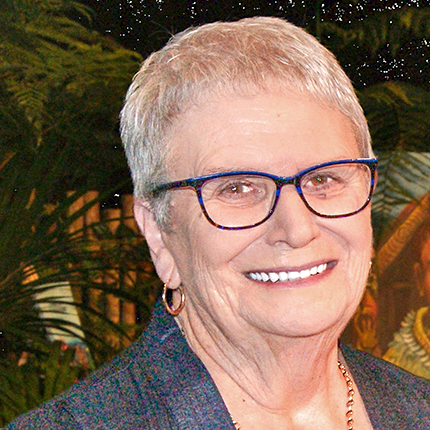
“We have to develop that critical authentic hope in young people that tells them that you can make change, and we’re all in this together. And so our curriculum is built around that idea, understanding how society works, how you play that game and change that game, and what skills you need in order to do that."
— Ann Milne, Former School Principal, Education Consultant, Member of the New Zealand Order of Merit, and Cultural Learning Pioneer
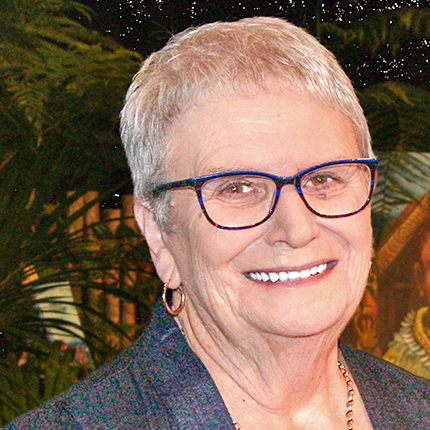
Do
Explore our global library of tools for measuring student outcomes and other recommended resources:
TACL
Ako: Responsive, Reciprocal Learning Relationships
Watch this video from New Zealand in 2015 to see how Maori insights on learning can offer a vision for a more inclusive approach to education.
Pagination
Share
To share your insights, questions, resources, and challenges related to developing visions of student success, create a post on our Padlet using the "+" icon.
In this Padlet, the content is both user-generated and subject to moderation to ensure a safe and engaging experience.
Our Glossary
In our attempt to capture the real spirit of the classrooms we have studied, we have sometimes intentionally used words and phrases in a slightly unusual way.
We invite you to learn more about our language choices by exploring our Glossary.
